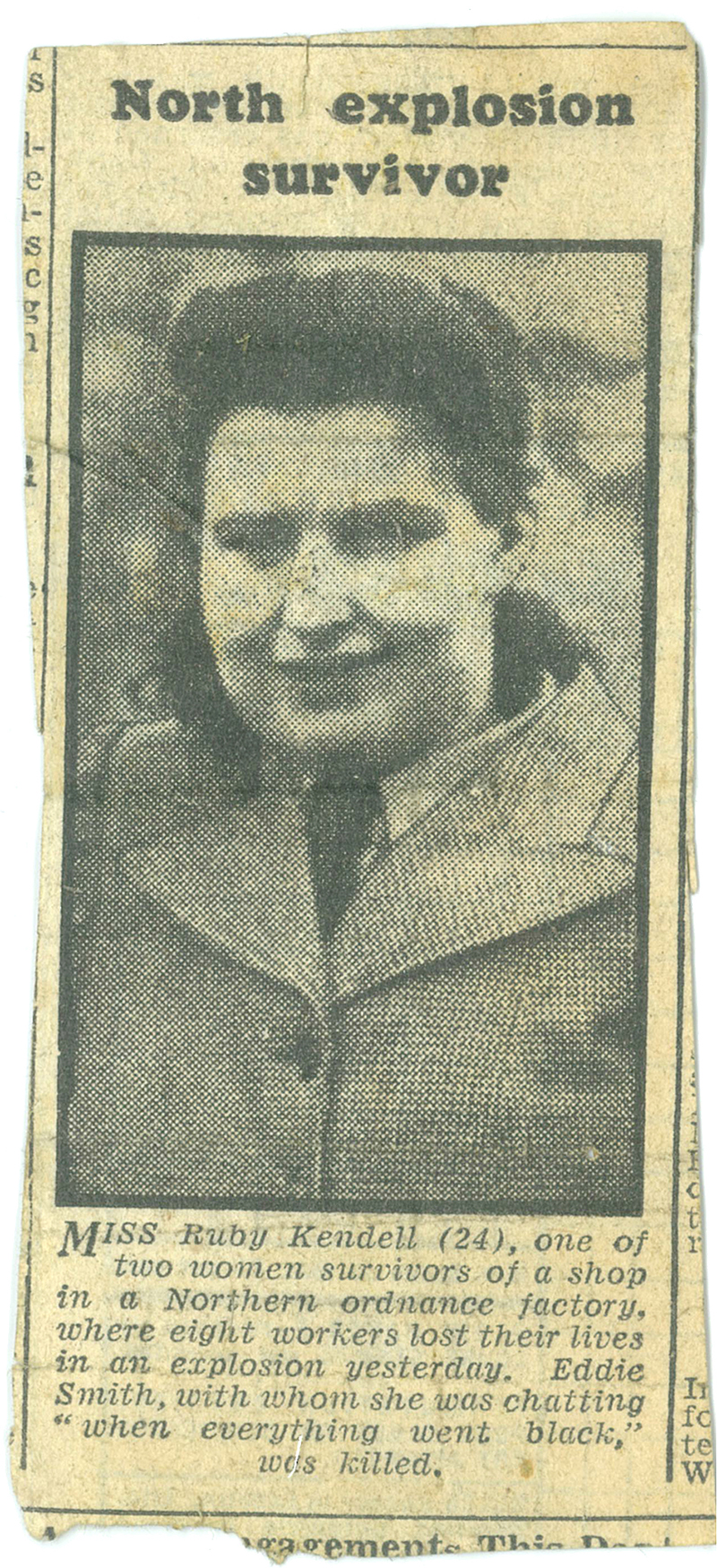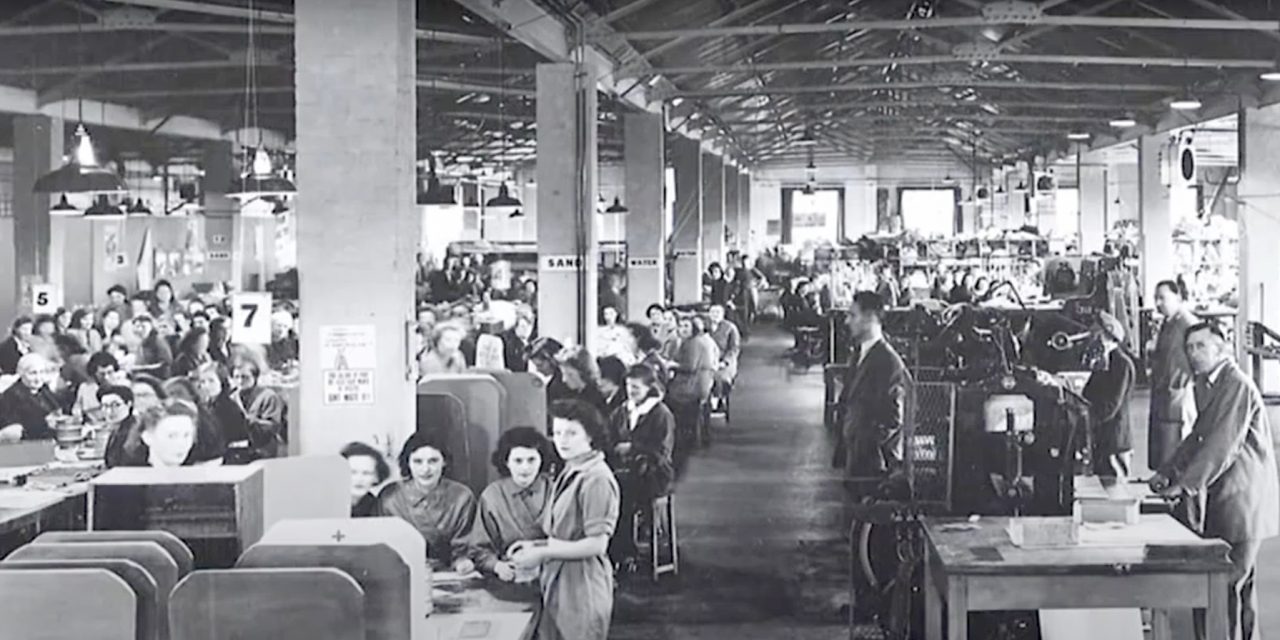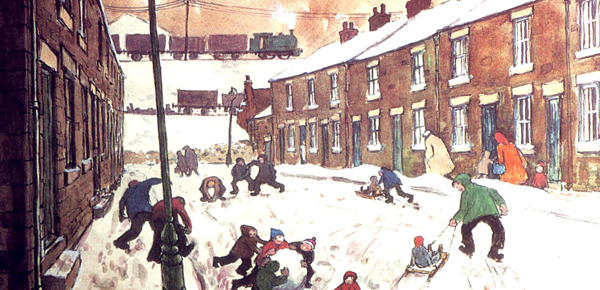Winston Churchill VE Day Speech
“My dear friends, this is your hour. This is not victory of a party or of any class. It’s a victory of the great British nation as a whole. We were the first, in this ancient island, to draw the sword against tyranny. After a while we were left all alone against the most tremendous military power that has been seen. We were all alone for a whole year.
There we stood, alone. Did anyone want to give in? [The crowd shouted “No.”] Were we down-hearted? [“No!”] The lights went out and the bombs came down. But every man, woman and child in the country had no thought of quitting the struggle. London can take it. So we came back after long months from the jaws of death, out of the mouth of hell, while all the world wondered. When shall the reputation and faith of this generation of English men and women fail? I say that in the long years to come not only will the people of this island but of the world, wherever the bird of freedom chirps in human hearts, look back to what we’ve done and they will say “do not despair, do not yield to violence and tyranny, march straightforward and die if need be-unconquered.” Now we have emerged from one deadly struggle, a terrible foe has been cast on the ground and awaits our judgment and our mercy.
But there is another foe who occupies large portions of the British Empire, a foe stained with cruelty and greed, the Japanese. I rejoice we can all take a night off today and another day tomorrow. Tomorrow our great Russian allies will also be celebrating victory and after that we must begin the task of rebuilding our hearth and homes, doing our utmost to make this country a land in which all have a chance, in which all have a duty, and we must turn ourselves to fulfill our duty to our own countrymen, and to our gallant allies of the United States who were so foully and treacherously attacked by Japan. We will go hand and hand with them. Even if it is a hard struggle we will not be the ones who will fail.”
The Aycliffe Angels
This is an insight into the Aycliffe Royal Ordnance Factory, ROF 59, (1941-1945) and the ‘Aycliffe Angels’.
The huge munitions factory employed some 17,000 workers, mostly women, between 1941 and 1945 and was an extremely important part of the country’s war effort. The work was highly dangerous as the women filled bullets and bombs for the boys on the battlefield. There were a number of serious and fatal explosions, with eight women being killed in one blast.
Why were they called ‘Aycliffe Angels’?
The reason is quite simple, Lord Haw Haw (William Joyce), was a traitor who worked for the Nazis during World War II, making English language propoganda radio brodcasts on Radio Luxembourg and other stations.
He dubbed them “the Little Angels of Aycliffe”, promising that the Luftwaffe would bomb them into submission.
Fortunately, that never happened! “The Little Angels of Aycliffe won’t get away with it,” he had said in numerous broadcasts, highlighting the importance of their work.
Royal Ordnance Factory 59
The Aycliffe factory, ROF 59, was mainly a filling and assembly plant, putting powder into shells and bullets, assembling detonators and fuses. Many of the component parts were manufactured elsewhere in the UK and shipped to Aycliffe by rail.
Some of the ammunition casings were manufactured at another nearby ROF at Spennymoor. The Spennymoor ammunition was then filled at ROF Aycliffe. Spennymoor is known to have produced .303 cartridges such as Ball Mk 7 and 8Z, Blank L Mk 5, Incendiary B Mk 6, B Mk 6Z, B Mk 7 and B Mk 7Z. Aycliffe produced some 700,000,000 (700 Million!) bullets during it’s period of operation.
Highly Dangerous Work!
The work was extremely repetitive, fragmented and boring, but high levels of companionship existed amongst the women as they risked their lives on a daily basis filling the bombs and bullets.
Many of the women started work at 18, not having experienced factory work before, but the average age at the factory was 34. Over 1000 of the 17000 workers were aged over 50.
By its nature the work was very dangerous and many workers were killed and injured during the manufacturing process; however due to the secrecy surrounding the factory and its workers, many incidents went unrecorded and unreported in the news and their efforts went unrecognised.
In 2000 The Northern Echo launched a campaign to have their work officially recognised, this led to a Memorial Service which was attended by Prime Minister and local MP Tony Blair and the Queen. A permanent memorial was also placed in Newton Aycliffe outside St Clare’s Church commemorating their efforts.
Operations
The marshy location was chosen as it was an ideal site, shrouded in fog and mist for much of the year providing cover against bombing by the Luftwaffe. It opened as ROF 59 (Filling Factory) early in 1941, resulting in the construction and opening of two new stations on the former Clarence Railway at Simpasture and Demons Bridge.
As a munitions factory, ROF Aycliffe operated 24 hours a day in three shift groups. They were transported from surrounding areas onto the site by bus and train, with the most local workers arriving on foot or by bicycle.
During its existence, the factory produced finished munitions including bullets, shells and mines. Operational for just over four years until the end of World War II in 1945. The factory was designated as a ‘Top Secret’ installation and surrounded by high fences with barbed wire.
The factory was visited during the war years by Winston Churchill and members of the British Royal Family. Many well-known entertainers of the day also performed at the factory for the workers.
Post-war
After the war, the factory closed and the site was turned into the Newton Aycliffe Industrial Estate in the late 1940s. Many of the original buildings are still standing and are in use today.
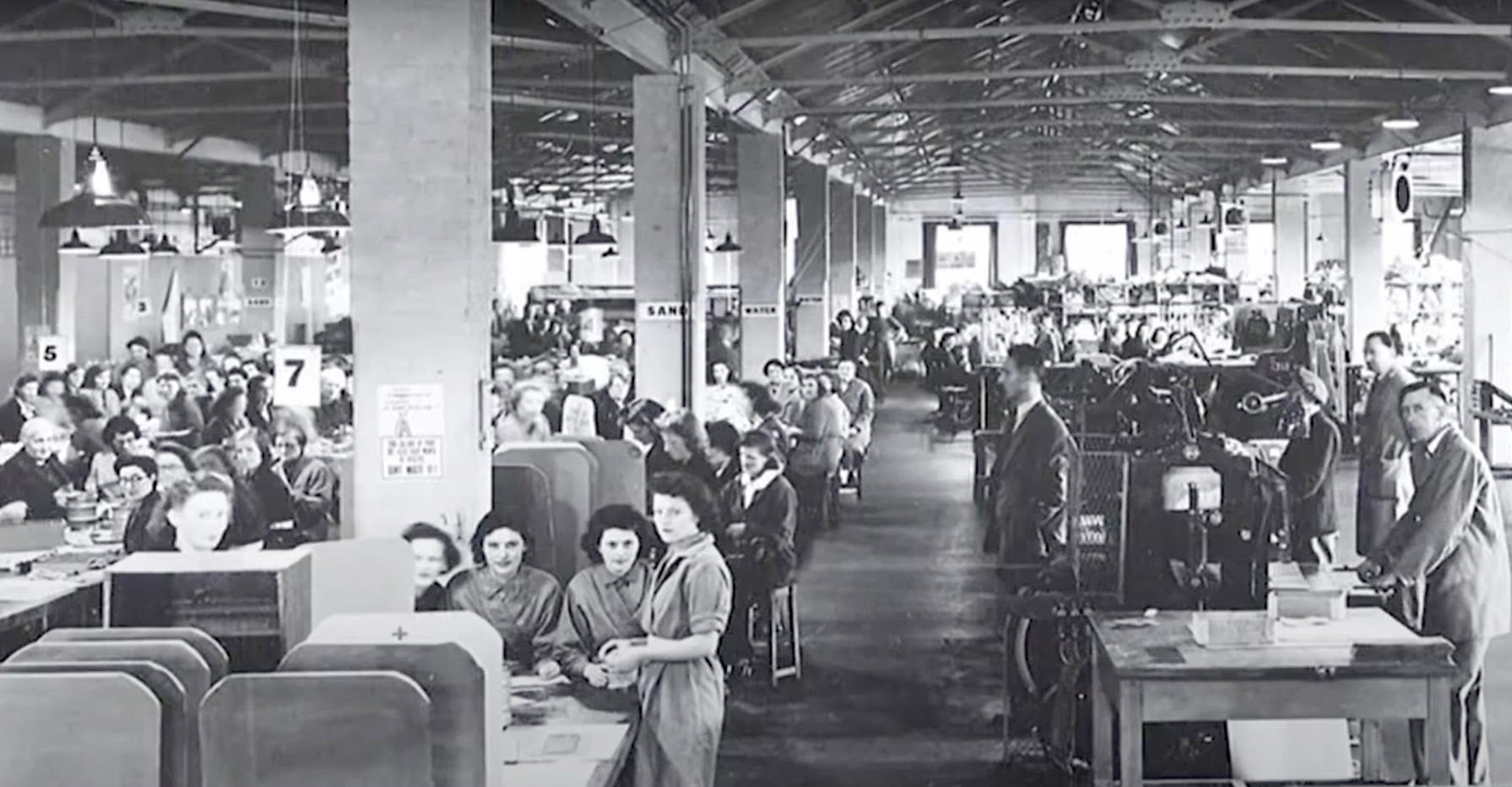
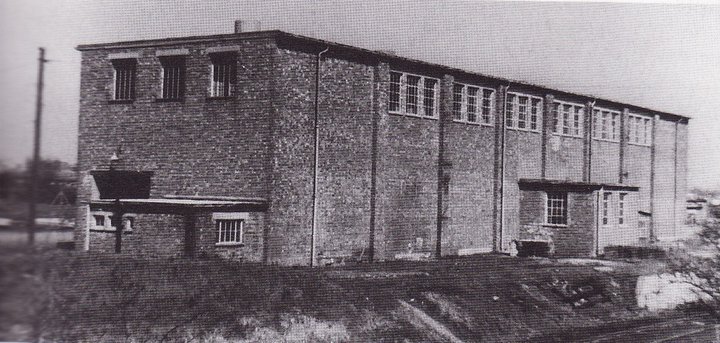
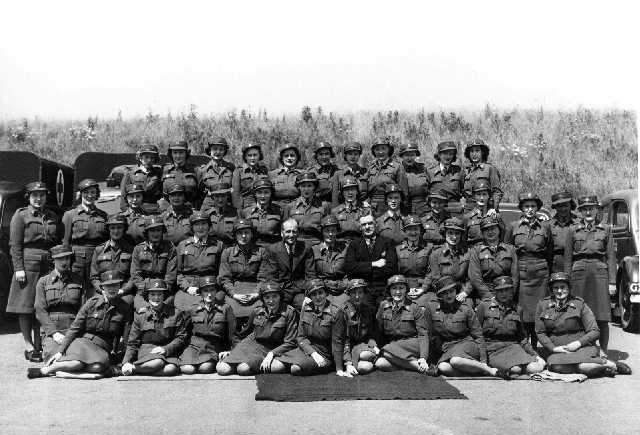

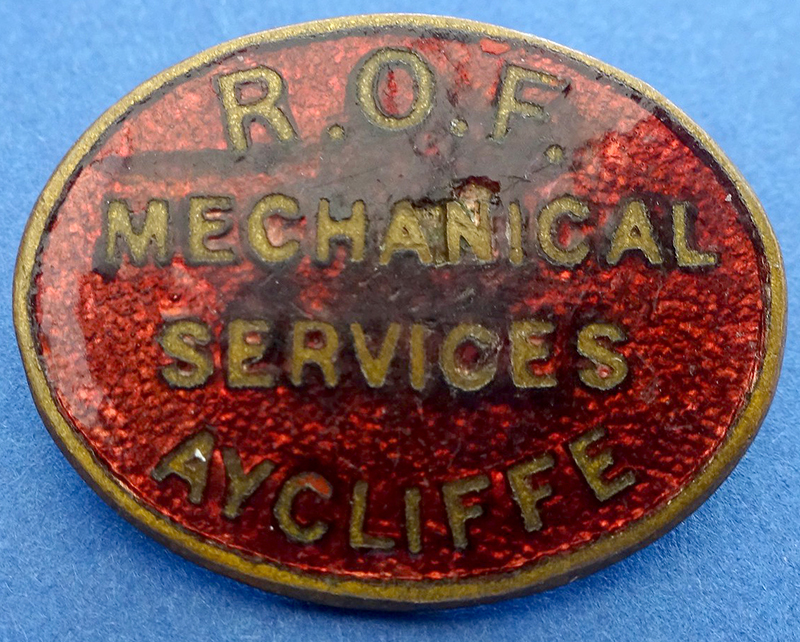
Activity Centre
Royal Ordnance Factory 59 was an 867-acre group of buildings built in the early 1940s, designed to produce bullets, shells and mines for the war effort.
The 21st Century ROF 59 you see today is the brainchild of John Finley, whose grandmother Olive, mother Dorothy, and aunts Winnie and Teresa worked at the factories during the war.
Mr Finley said “It wasn’t something the family talked about. People didn’t make a big deal about what they did in the war. My uncle Tom used to tell me about mornings before school when he’d sit on the step waiting for my gran to come home from her nightshift and seeing that her hair had gone a funny colour, because the chemicals in the explosive compounds which dyed workers’ skin and hair yellow.”
“I had no idea where that work was. It was only when someone in the family told uncle Tom what I was doing, he dug out some old photos and it all came to light” said John.
The new ROF 59 complex has maintained some of the original elements of the building, including brickwork and signage. And over time more memorabilia will be added to ensure Aycliffe’s proud history and the memory of the Aycliffe Angels lives on for generations to come. The building is now an activity centre, which is a huge boost to the local community.

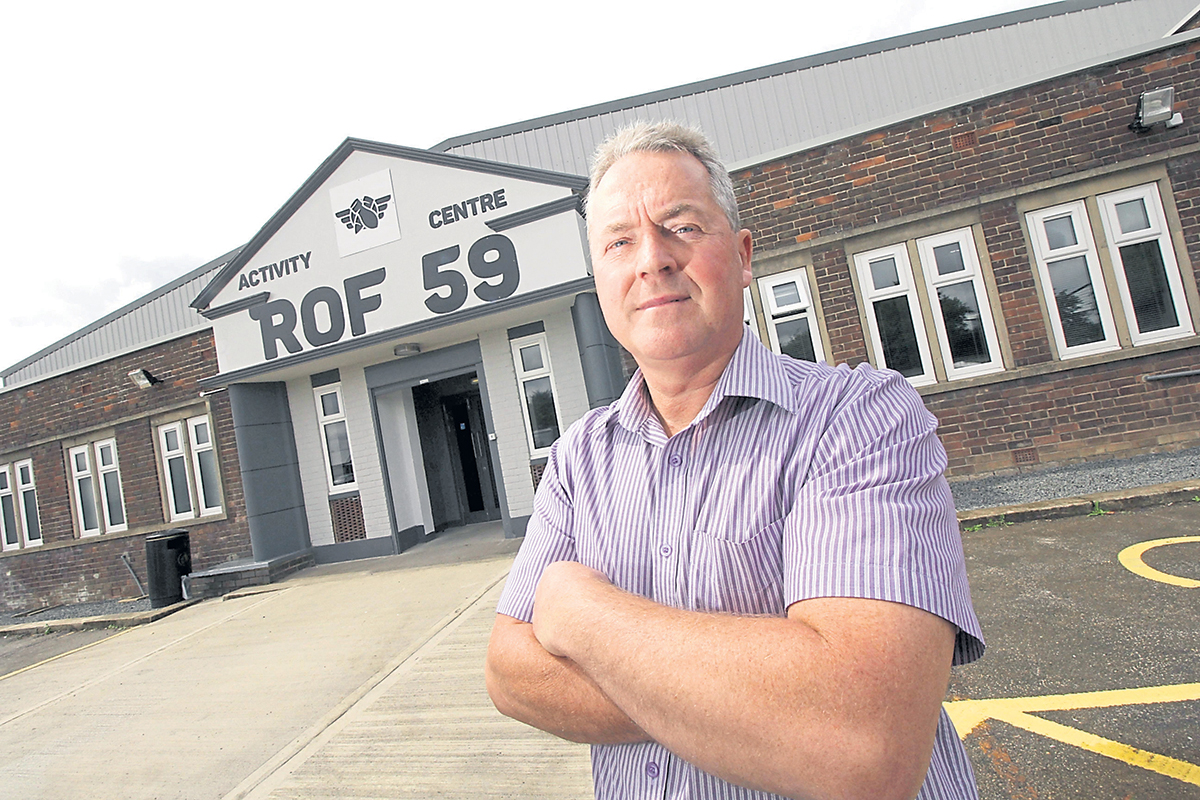
Royal Ordnance Factory Explosion
Aycliffe R.O.F. Explosion.Workers’ Conduct Praised by Coroner at Darlington
The exemplary conduct of the workpeople generally and the bravery of one girl – Miss Constance Ruby Kendal, aged 24, of 16 Heighington Street, Aycliffe, following an explosion at the Aycliffe R.O.F. won high praise from the Coroner (Mr. J. E. Brown-Humes) at the inquest at Darlington today on the eight people killed in the explosion. The accident happened in the early hours of 2nd May and seven people were killed outright, one died in hospital, and 22 others were injured, one seriously.
The people killed were:
William Clark Hobson, married, aged 51,
Grainger Terrace, Leamside, Fence Houses.
Isabella Bailey, married, aged 44,
149, Gilesgate, Durham.
Christopher Seagrave, married, aged 39,
9 Park Terrace, Witton Park.
Edmund William Smith, married, aged 29,
13 Market Place, Pickering.
Elsie Barrett, widow, aged 27,
Bildershaw, West Auckland.
Alice Maude Wilson, single, aged 26,
2 Town Wall, Hartlepool.
James Bunton, married, aged 31,
Bells Hill, Rainton Gate, Fence Houses
William Mitchell, Single, aged 31,
27 Percy Street, Hetton-le-Hole, who died in hospital shortly after admission.
Grave Accident
Mr. C.A. Hinks represented the relatives of Seagrave and Smith, and Mr. J. G. Marsham the R.O.F. The inquest was also attended by Mr. J. T. Dunn, H.M. Inspector of factories, and Supt. H. Hudson.
At the outset the coroner said that it was one of the gravest accidents that had happened during the time he had been coroner for the Darlington ward. The accident, he said, resulted in a shadow being cast over the homes of many people in widely separated parts of the county, and he wished, at once, to express his sympathy with the relatives of the people who had lost their lives in that a dreadful fashion.
The accident was perhaps the more unfortunate because of the fact it had happened at the end of the war in Europe. It would have been more gratifying if could have said at the end of the war, but one might take some comfort from the fact that at this stage of the war it was not likely that there would be many more such dreadful occurrences.
Exhaustive Government Inquiry
Mr. Brown-Humes said that a very exhaustive government inquiry had been held and he had before him a most comprehensive report which had been drawn up and which would be available to interested parties.
Evidence of identification of William Mitchell was given by Annie Baker, his sister, of Hetton-le-Hole.
Margret Carter, married, assistant forewoman at Aycliffe R.O.F. of Neville’s Cross said that she made a roll call after the explosion and was satisfied that Bunton, Hobson, Bailey, and Wilson were killed in the explosion. No trace could be found of any one of them. A little later she identified the remains of Barrett and had seen Mitchell carried on to a stretcher. She could speak with certainty of the deaths of these six people.
Joesph Raisbeck Webb, Assistant foreman fitter, 18, Millford Terrace, Ferryhill, said that Seagrave and Smith were missing when he made his roll call. He knew they were working in the building where the explosion occurred.
Belt Came off Machine
Constance Ruby Kendal, single, aged 24, of 16 Heighington Terrace, Aycliffe, a quality control operative at the factory, said that she was in the building when the explosion occurred. She saw Bailey and Wilson working on an extruder filling machine.
She heard someone say that the belt had come off the machine and Smith went down to see to it. Witness detailed the various people who were near the machine, and said that Mitchell was near her when the explosion occurred.
The Coroner: You seem to be fortunate to be here? How where you saved?
Witness replied that she had ten small wounds in her back but she was now quite better.
The Coroner: You are to be congratulated on your most miraculous escape. You were in the middle of it.
Supt. Huitson: She was saved by a blast wall.
William Haithwaite, safety officer at the factory said that the explosion occurred in the mortar filling shop. Answering the Coroner, he said that Miss Kendall was lucky and very brave.
Two-Day Inquiry
An inquiry which lasted two days was held at the factory and was conducted by Lt-Col. R. A. Thomas, Chief Inspector of explosives, Home Office. He produced a copy of his report, and said that a great amount of scientific evidence was given and investigations were being continued in certain directions. They could not yet say what was the exact cause of the accident. “There was no evidence of carelessness or negligence on the part of anyone” said Mr. Haitwaite. All the evidence tended to show that all general safety precautions had been properly carried out.
The Coroner: I think it is only fair that I should read the concluding paragraph of the report. It says:- “The morale of all concerned, from the assistant superintendent, who was in charge, downwards, was a very high order, and will be referred to more particularly later. It should be said that some 600 people were about in various shops when this regrettable accident happened, and they behaved in exemplary fashion. Moreover, the succeeding shift, which came in at 7am was present and willing to start operations.”
Conduct Beyond Praise
The Coroner: I am told that the conduct of the ambulance drivers and everybody else was beyond praise.
Witness: Yes.
Replying to the Coroner, Mr. Haithwaite said that Miss Kendal came to work the next day and was at the inquiry on the succeeding two days.
The Coroner: So far as anything can be bright in this dreadful accident it is the conduct of everybody concerned.
Mr. Hinks said that he would like to be assured that relatives would be able to get information when the later report was issued. Mr. Brown-Humes said he thought there would be no objection and an assurance was given by Mr. Marsham that a copy of the second report would be sent to the Coroner.
The Verdict
A verdict of “Accidental death the result of the explosion of an extruder filling machine from some unknown cause” was returned in all cases. Mr. Marsham and Supt. Huitson joined with the Coroner in his expression of sympathy with the relatives. The Superintendent congratulated Miss Kendal on her escape and her courage.
